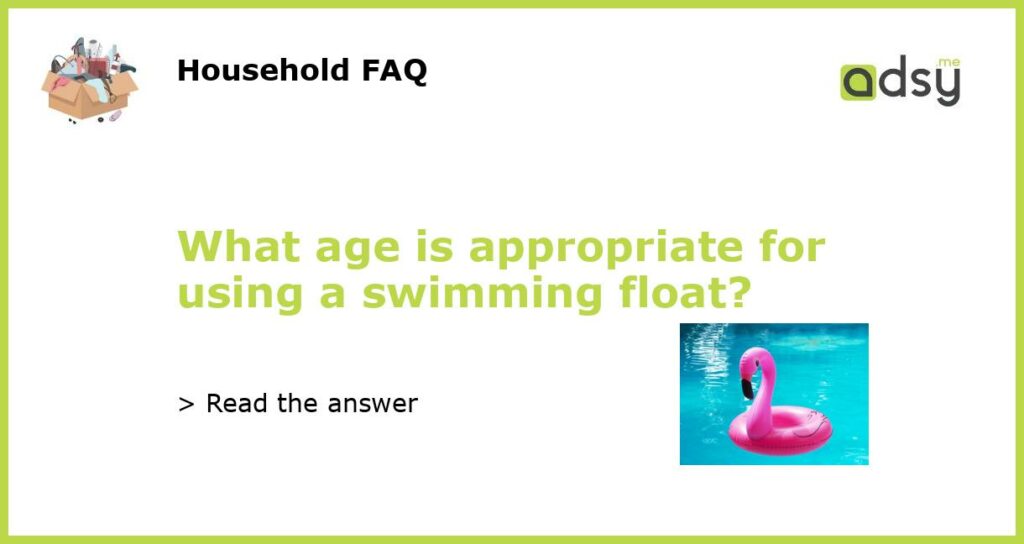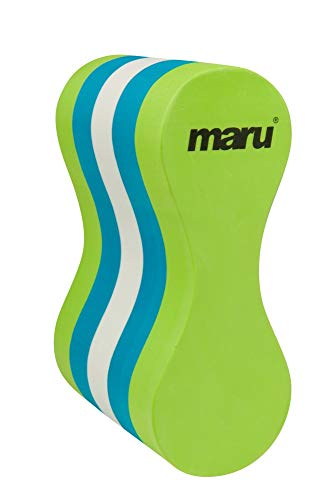Why Using Swimming Floats Can Be Beneficial?
Swimming floats are a great addition to any parent’s swim kit, as they offer buoyancy and support to young children who may be still learning to swim. One of the benefits of using a swimming float is that it can help build confidence in children who are nervous around water. The cushioning effect of a swimming float can provide a sense of security and make the child feel more at ease in the water. Additionally, swimming floats can help improve body position and streamline swimming technique.
What Age Is Appropriate for Using a Swimming Float?
There is no set age for when a child should start using a swimming float, as it will ultimately depend on a combination of factors such as the child’s size, swimming ability, and confidence in the water. It is important to note that swimming floats should never be used as a substitute for adult supervision, and parents should always keep a close eye on their children while they are in the water, regardless of their level of swimming ability.
Types of Swimming Floats Available
There are several types of swimming floats available on the market, each designed to cater to different ages and swimming abilities. One of the most popular types of floats for young children is the inflatable arm bands, which are designed to sit on the upper arms and provide buoyancy to the child. Another popular option is the swimming vest or jacket, which wraps around the child’s torso and provides buoyancy around the chest and back. For older children who are more confident in the water, kickboards and pull buoys can be effective tools for improving swimming technique.
Additional Tips for Safe Swimming Float Use
When using a swimming float, it is important to ensure that it fits properly and is secure on the child’s body. The float should not be too loose, as it may slip off in the water, or too tight, as this could restrict movement or breathing. Parents should also be aware of the potential risks associated with swimming floats, such as the child becoming trapped or entangled in the float. To minimize these risks, it is important to choose a swimming float that is age-appropriate, and to always supervise children closely while they are in the water.
Swimming floats can be a useful tool for helping young children gain confidence and improve their swimming ability. However, parents should exercise caution when using swimming floats, and always ensure that their child is under close supervision while in the water. Ultimately, the age at which a child is ready to use a swimming float will depend on a range of factors, and parents should make this decision based on their own assessment of their child’s swimming ability and confidence in the water.






